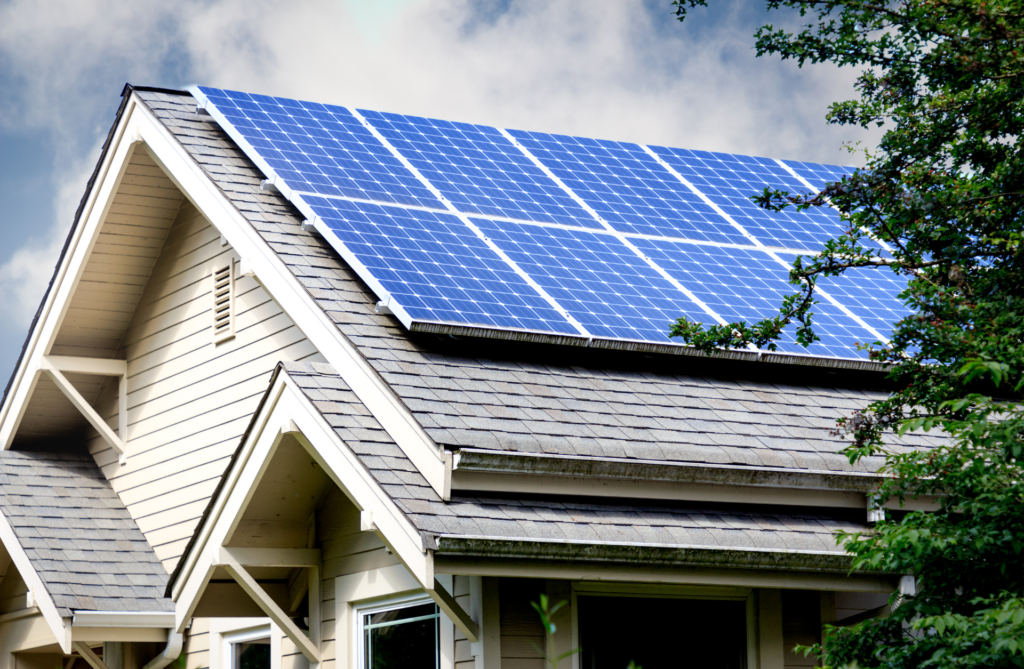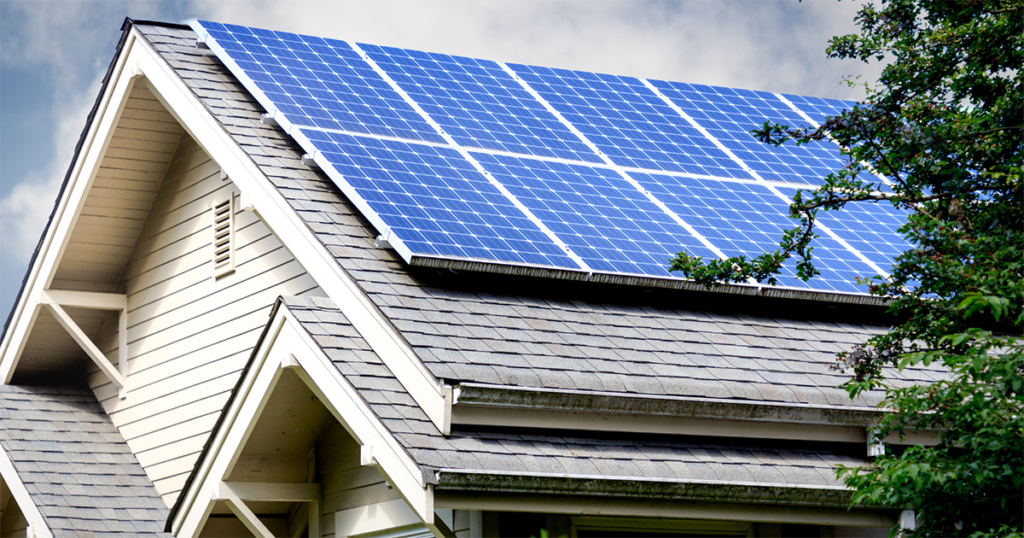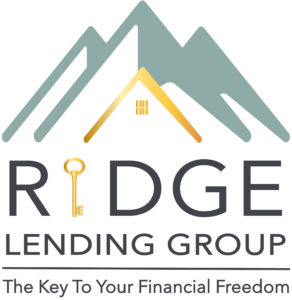 As more people start taking action to counter climate change and reduce dependence on nonrenewable energy sources, residential solar power has become increasingly popular. With more than a million solar installations across the country, the benefits of switching to this form of green energy are numerous.
As more people start taking action to counter climate change and reduce dependence on nonrenewable energy sources, residential solar power has become increasingly popular. With more than a million solar installations across the country, the benefits of switching to this form of green energy are numerous.
First and foremost, solar panels are considered an upgrade that will likely increase your investment home’s value in the same way a renovated kitchen or bathroom would. In fact, many eco-conscious buyers are willing to pay a premium for a solar home. In addition to reducing greenhouse gas emissions and other pollutants, a solar system may lower your electric bill, provide tax credits on federal income taxes as well as state taxes, and even allow you to earn money with SREC (solar renewable energy certificates).
But before you invest in solar power for your investment home, there are a number of steps you will need to follow and consider.
Examine Your Property
Homeowners should first assess their energy use by conducting a home energy audit to identify areas of improvement. Oftentimes, huge savings can be made on electricity costs by simply switching your light bulbs to LED ones, replacing dated appliances with energy-efficient ones, and weatherizing the property.
Because installing solar panels requires ideal roof conditions to work at full capacity, make sure your roof is up to scratch. Consider the age of your roof and how long until it needs to be replaced. If your roof is old or in any way damaged, you’ll want to address these issues before going any further.
Remember to take into account nearby shade trees that can block the sun and diminish your home’s solar potential. Though most roofing materials are compatible, the ideal roof will face south with a tilt between 15 to 40 degrees.
Work with Your Installer
Installing a solar power system involves numerous steps, including preparing the roof for mounting panels, wiring the panels to a power grid, obtaining permits, and testing. The timeline for the installation will range from one to three days, depending on the size of the system you are installing.
Be sure to find qualified and insured professionals with the proper certification and request at least three bids based on the same metrics. Bids should state the maximum generating capacity of the system measured in Watts or kilowatts, an estimate of the amount of energy produced on a monthly or yearly basis, and the total cost of installation (including hardware, labor, permitting, sales taxes and warranty).
Are you ready to invest in real estate and see the value it can provide? RLG would love to help you! Call us today to learn more!


